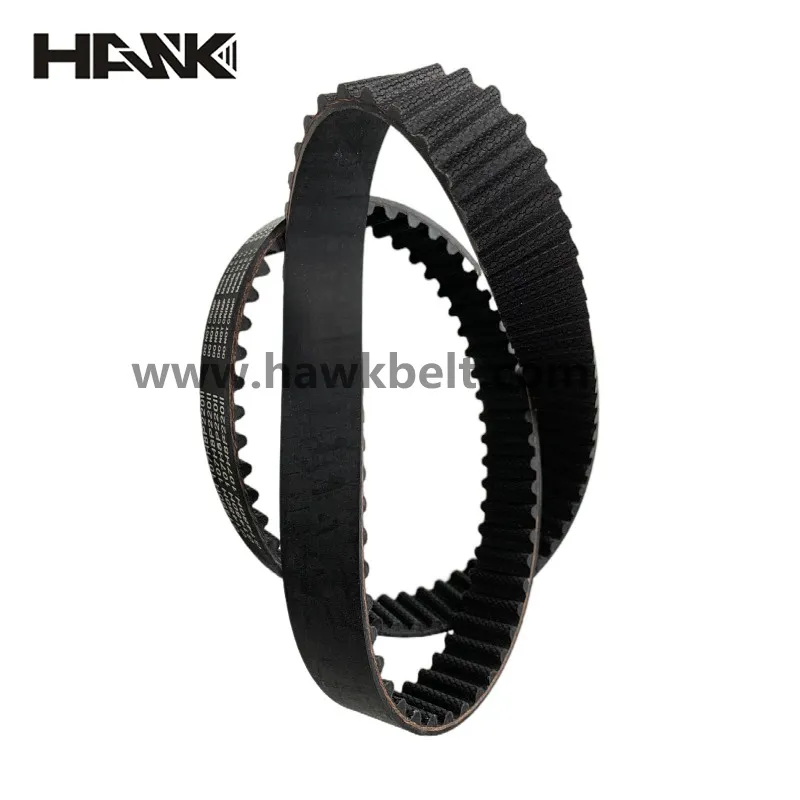- Arabic
- French
- Russian
- Spanish
- Portuguese
- Turkish
- Armenian
- English
- Albanian
- Amharic
- Azerbaijani
- Basque
- Belarusian
- Bengali
- Bosnian
- Bulgarian
- Catalan
- Cebuano
- Corsican
- Croatian
- Czech
- Danish
- Dutch
- Afrikaans
- Esperanto
- Estonian
- Finnish
- Frisian
- Galician
- Georgian
- German
- Greek
- Gujarati
- Haitian Creole
- hausa
- hawaiian
- Hebrew
- Hindi
- Miao
- Hungarian
- Icelandic
- igbo
- Indonesian
- irish
- Italian
- Japanese
- Javanese
- Kannada
- kazakh
- Khmer
- Rwandese
- Korean
- Kurdish
- Kyrgyz
- Lao
- Latin
- Latvian
- Lithuanian
- Luxembourgish
- Macedonian
- Malgashi
- Malay
- Malayalam
- Maltese
- Maori
- Marathi
- Mongolian
- Myanmar
- Nepali
- Norwegian
- Norwegian
- Occitan
- Pashto
- Persian
- Polish
- Punjabi
- Romanian
- Samoan
- Scottish Gaelic
- Serbian
- Sesotho
- Shona
- Sindhi
- Sinhala
- Slovak
- Slovenian
- Somali
- Sundanese
- Swahili
- Swedish
- Tagalog
- Tajik
- Tamil
- Tatar
- Telugu
- Thai
- Turkmen
- Ukrainian
- Urdu
- Uighur
- Uzbek
- Vietnamese
- Welsh
- Bantu
- Yiddish
- Yoruba
- Zulu
Nov . 08, 2024 08:30 Back to list
EPDM Multi-Rib and Double V Belt for Improved Performance and Durability
Understanding EPDM Multi-Rib Belts and Double V Belts
When it comes to automotive and industrial applications, the importance of high-quality belts cannot be overstated. Belts are integral components that facilitate the transfer of power between different engine parts, drive systems, and machinery. Among the various types of belts available in the market, EPDM multi-rib belts and double V belts stand out due to their unique features and applications. This article delves into the characteristics, benefits, and applications of these two belt types, providing a comprehensive overview for anyone looking to understand or choose between them.
What are EPDM Multi-Rib Belts?
EPDM (Ethylene Propylene Diene Monomer) multi-rib belts are designed for high-performance applications requiring flexibility and durability. These belts are composed of a rubber material that offers excellent resistance to heat, ozone, and harsh weather conditions, making them ideal for automotive engines and equipment exposed to extreme operating environments. The multi-rib design means that they have multiple grooves running along their length, which enhances their grip and efficiency when transferring power from one pulley to another.
One of the key advantages of EPDM multi-rib belts is their flexibility. The design allows for efficient power transmission, even in compact spaces where traditional belts may struggle to perform. Additionally, they provide lower noise levels during operation, which is especially important in applications where noise reduction is a priority, such as in passenger vehicles.
The Case for Double V Belts
Double V belts, also known as V-belts or serpentine belts, feature a cross-sectional shape that resembles the letter V. Unlike multi-rib belts, double V belts can operate on both sides of the belt, allowing for versatile installations in various machinery. This versatility makes them an ideal choice for applications requiring high power transmission, such as in manufacturing equipment and heavy machinery.
epdm multi rib belt\/double v belt

One significant benefit of double V belts is their ability to provide traction on both sides. This means that a single belt can drive multiple pulleys, reducing the need for additional components and minimizing design complexity. This feature also contributes to energy efficiency, as it allows for better load distribution across the belt system. Moreover, double V belts are known for their durability, often outperforming single-sided alternatives in high-stress applications.
Comparing Performance and Applications
When comparing EPDM multi-rib belts and double V belts, it’s essential to consider the specific demands of the application in question. EPDM multi-rib belts excel in high-temperature environments and are often used in modern automotive applications where space is limited, and efficiency is critical. For example, they are commonly found in engine drives, power steering, and HVAC systems.
On the other hand, double V belts are frequently utilized in industrial settings, where machinery requires robust power transmission across multiple axes. These belts are commonly seen in conveyor systems, agricultural equipment, and heavy-duty machines. Their design allows for significant load-bearing capabilities and efficiency in power transfer, making them indispensable in various industrial processes.
Conclusion
In conclusion, both EPDM multi-rib belts and double V belts play crucial roles in ensuring the efficient operation of automotive and industrial systems. While EPDM multi-rib belts offer flexibility and low noise levels, making them suitable for tight automotive spaces, double V belts provide versatility and durability for demanding industrial applications. Understanding the characteristics and benefits of each type can help users make informed choices based on their specific needs.
Ultimately, the choice between these two types of belts will depend on the operational environment, power requirements, and the specific machinery involved. Investing in high-quality belts tailored to the unique demands of your system can lead to improved performance, enhanced durability, and reduced maintenance costs over time. Whether you’re working in automotive engineering or industrial manufacturing, prioritizing the right belt selection is key to achieving optimal results.
-
Korean Auto Parts Timing Belt 24312-37500 For Hyundai/Kia
NewsMar.07,2025
-
7PK2300 90916-T2024 RIBBED BELT POLY V BELT PK BELT
NewsMar.07,2025
-
Chinese Auto Belt Factory 310-2M-22 For BMW/Mercedes-Benz
NewsMar.07,2025
-
Chinese Auto Belt Factory 310-2M-22 For BMW/Mercedes-Benz
NewsMar.07,2025
-
90916-02660 PK Belt 6PK1680 For Toyota
NewsMar.07,2025
-
drive belt serpentine belt
NewsMar.07,2025

